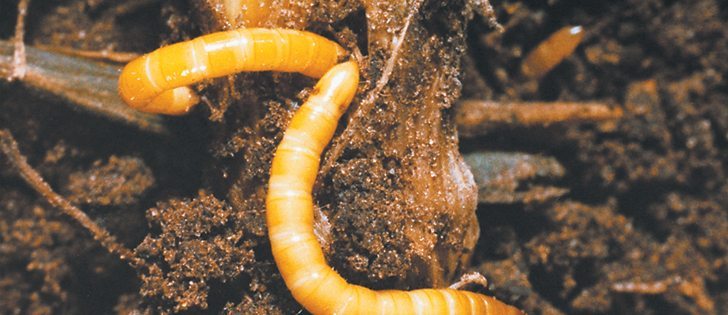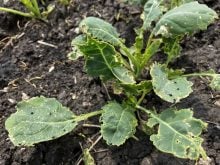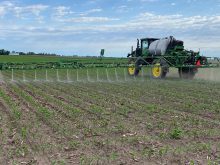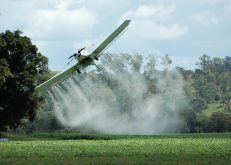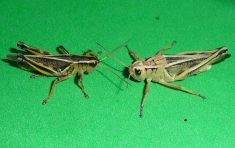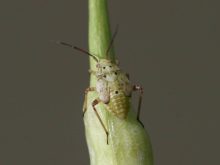A handful of rolled oats, a bit of water and a dollop of honey makes bait that is irresistible to wireworms.
Not that anyone wants to attract them, but it is useful for farmers to know whether wireworms are a factor in their fields. A bait ball can help them find out.
The pests, which feed on roots of perennial grasses, are becoming a perennial problem in Western Canada.
“They’re there, and they’re there to stay,” plant and soil sciences instructor Jeremy Hummel said at a Farming Smarter field school June 26.
Read Also

Bunge’s crop mix is changing
Bunge has predominantly been a soybean processing firm, but that’s about to change after the merger with Viterra with softseed processing and grain merchandising gaining ground.
“Wireworms are going to keep being a problem.”
The worms can cause crop damage all season long but are particularly troublesome early on, when their feeding reduces crop stands.
Wireworms develop into click beetles. There are no effective chemicals now registered to kill them, although some treatments can put them into a stupor long enough for the crop to gain vigour and withstand them, said Hummel.
“It’s a really difficult insect to manage effectively.”
The best defenses include all measures that increase plant vigour, including seed treatments, high quality seed and good soil fertility.
Adult click beetles have a distinctive pair of sharp points when viewed from above, unlike beneficial beetles that have round bodies, Hummel said.
There are 30 species of wireworm in Canada but all have that body shape.
Signs of infestation include wilting plants, apparent skips in planted rows and pale yellow leaves.
To determine their presence, Hummel recommended planting a bait ball five days to two weeks before seeding.
Combine a baseball-sized amount of rolled oats with water and honey, wrap it in a cheesecloth and place it in a hole 10 to 15 centimetres deep, with loose soil on top.
Extract and remove the bait ball several days later and examine it for wireworms.


